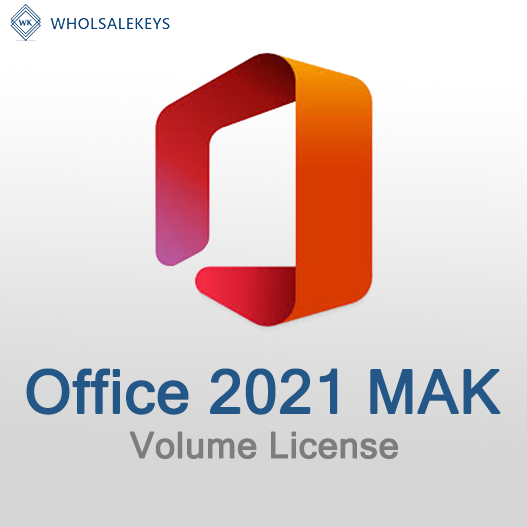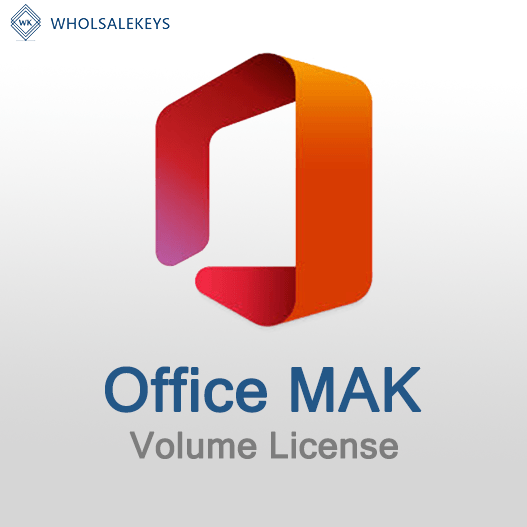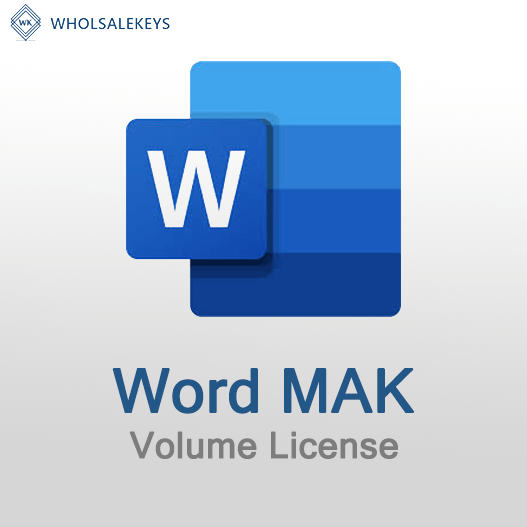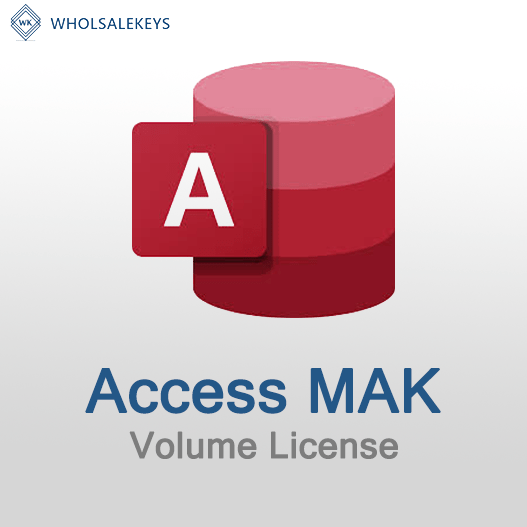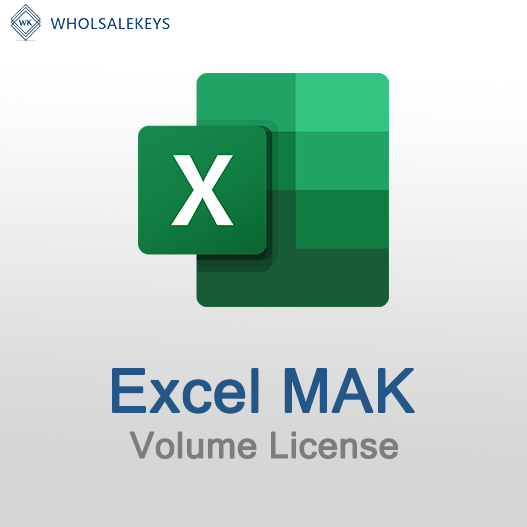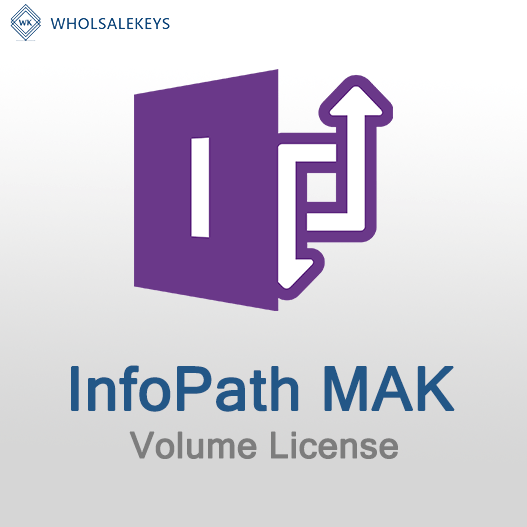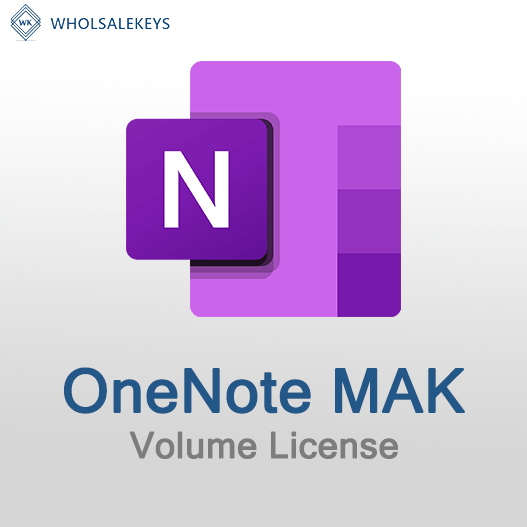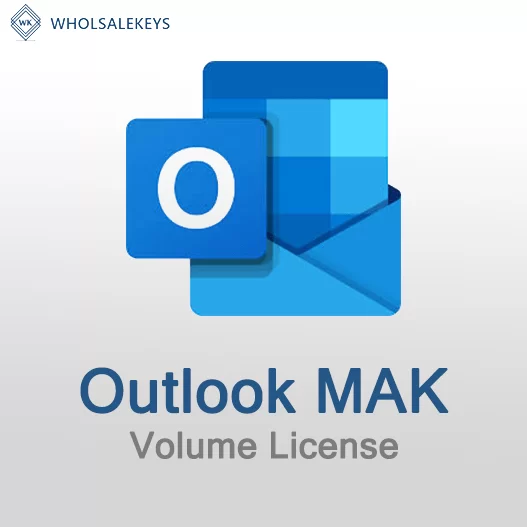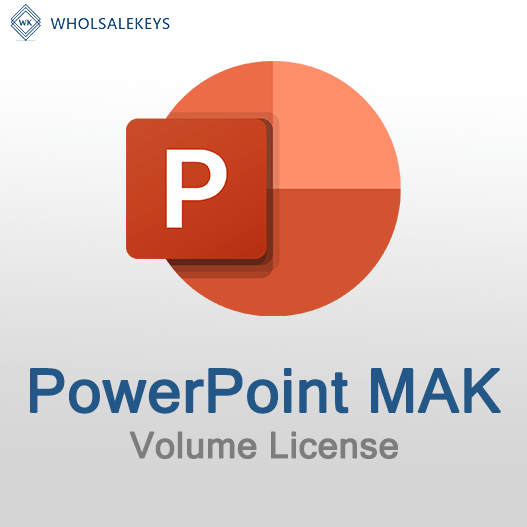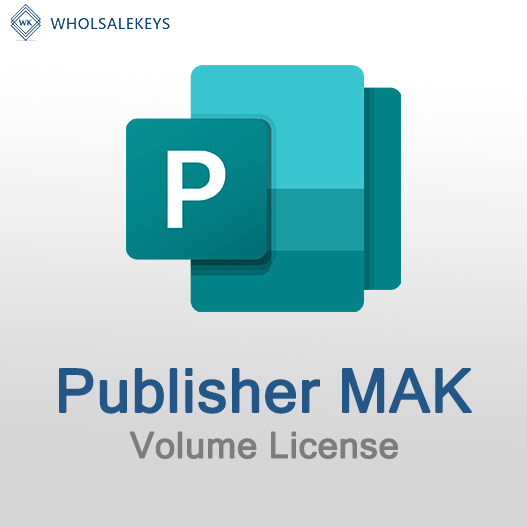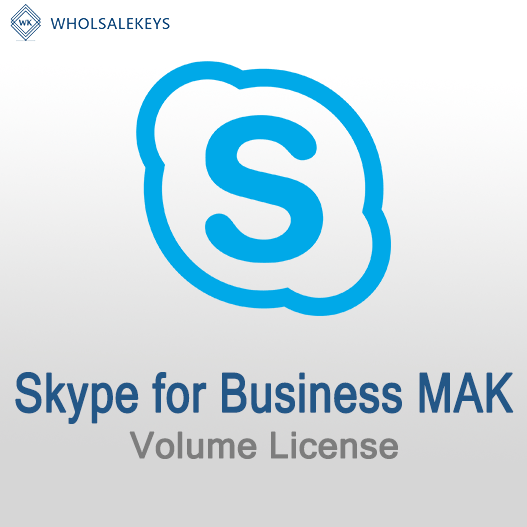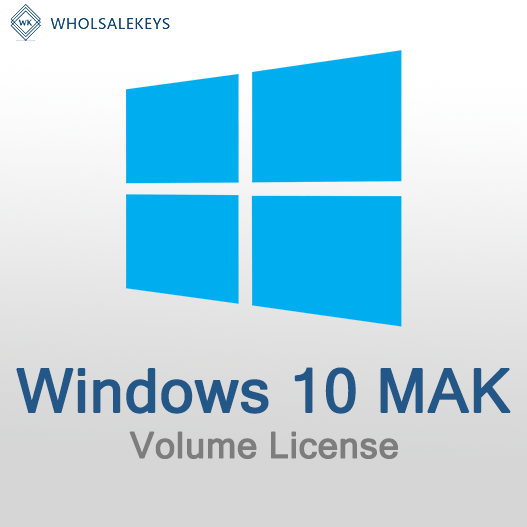Legacy operating systems may still be in use within organizations for various reasons, including compatibility with older software or hardware. Managing and activating these legacy systems efficiently is essential to ensure continued functionality. Multiple Activation Key (MAK) keys can be a valuable tool for this purpose. In this guide, we’ll explore how to use MAK keys to activate and manage legacy Windows operating systems.
What Are Legacy Operating Systems?
Legacy operating systems are older versions of an operating system that are no longer actively supported or maintained by the software vendor. These systems are typically used in situations where upgrading to a newer version is not feasible due to software dependencies or hardware constraints.
Using MAK Keys for Legacy Operating Systems
MAK keys are a volume licensing method provided by Microsoft that allows organizations to activate multiple Windows operating systems with a single key. To use MAK keys for legacy operating systems, follow these steps:
Acquire MAK Keys
Ensure that you have valid MAK keys for the legacy operating systems you need to activate. MAK keys are typically provided through a volume licensing agreement with Microsoft.
Install the Legacy Operating System
Install the legacy operating system on the target machine or devices where you need to use it.
Activate with MAK Key
Once the legacy operating system is installed, use the MAK key to activate it. You can do this through the operating system’s activation settings.
Internet Connection
Ensure that the machine or devices have an internet connection during activation, as MAK keys usually require online activation.
Activation Confirmation
Once activated, you should receive confirmation that the operating system is now properly licensed and activated.
Benefits of Using MAK Keys for Legacy Operating Systems
Using MAK keys for legacy operating systems offers several benefits:
Simplicity
MAK keys provide a straightforward and centralized method for activating multiple legacy systems with a single key.
Control
Documentation
MAK key activation can be documented, making it easy to keep track of which systems have been properly activated.
Security Updates
Even on legacy systems, activation using MAK keys ensures that the operating system receives necessary security updates.
Monitoring and Documentation
It’s essential to keep thorough records of MAK key activations for legacy operating systems. This documentation serves as proof of proper licensing and can be valuable in case of audits or compliance checks.
Limitations
While MAK keys are a valuable tool for legacy operating systems, it’s important to note that they may not be available for extremely old versions of Windows. In such cases, organizations may need to explore alternative licensing or consider modernizing their systems.
Considerations for Modernization
Organizations using legacy operating systems should also consider modernization efforts. Upgrading to a supported operating system is often the best long-term strategy to ensure security, compatibility, and access to the latest features and support.
In conclusion, using MAK keys for legacy operating systems can simplify the activation process and ensure that older systems remain properly licensed and up-to-date. By following best practices, keeping thorough documentation, and considering modernization, organizations can continue to operate legacy systems while maintaining security and compliance.
Recent posts
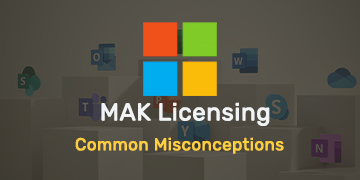
Common Misconceptions About MAK Licensing
Clarify misconceptions surrounding Multiple Activation Key (MAK) licensing with expert insights and accurate information.

Auditing MAK Key Usage: Best Practices
Learn effective methods and best practices for auditing Multiple Activation Key (MAK) usage to maintain licensing compliance.

Tips for Smooth MAK Activation in Remote Locations
Learn how to ensure hassle-free Multiple Activation Key (MAK) activation in remote locations with these essential tips.
